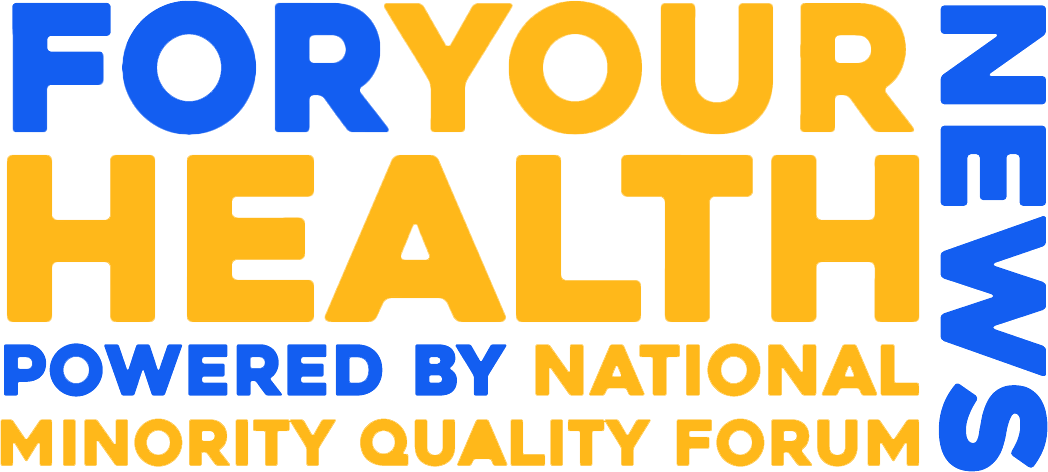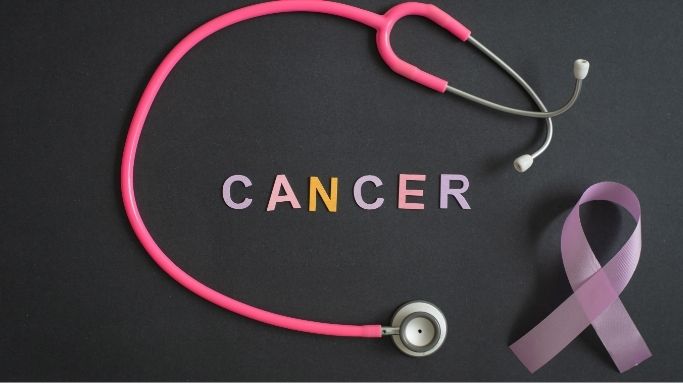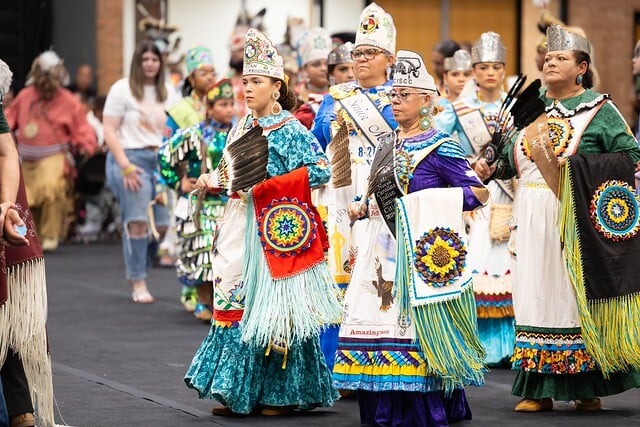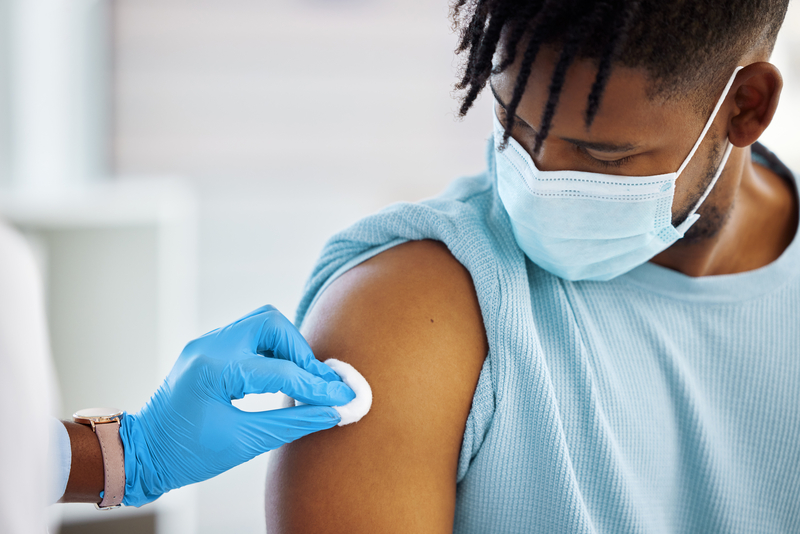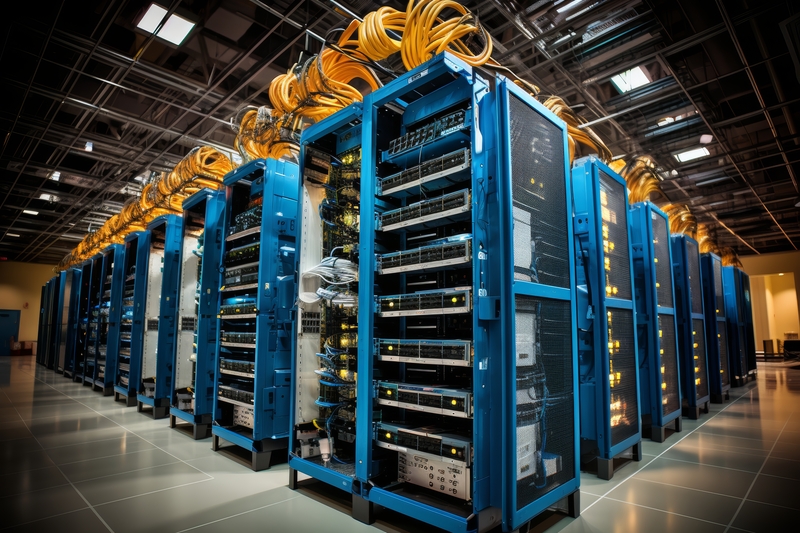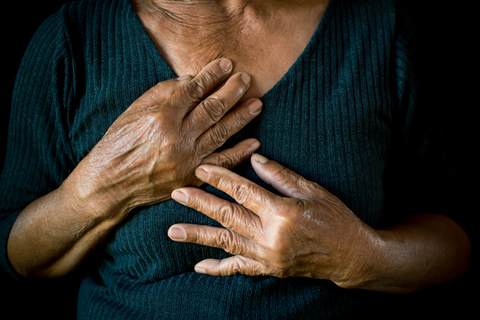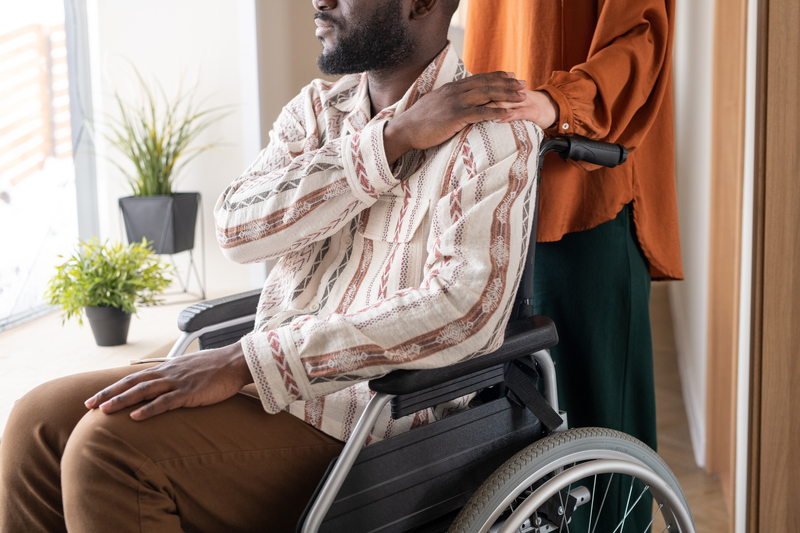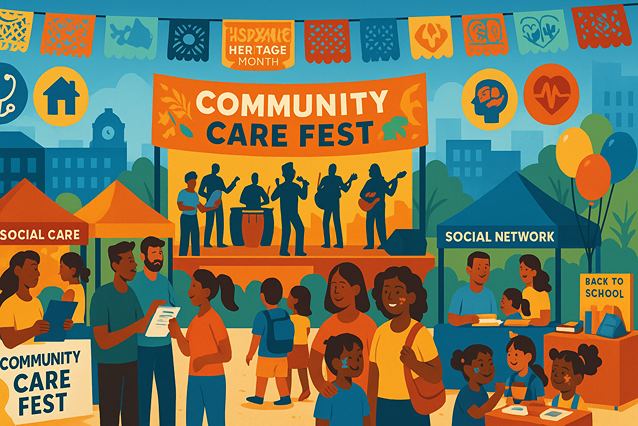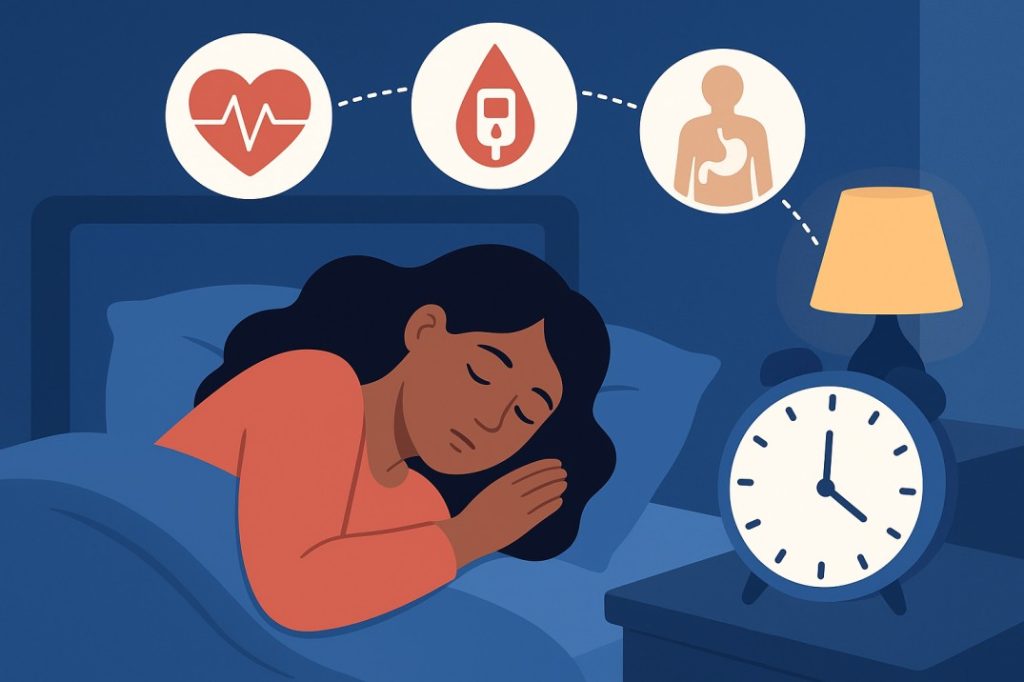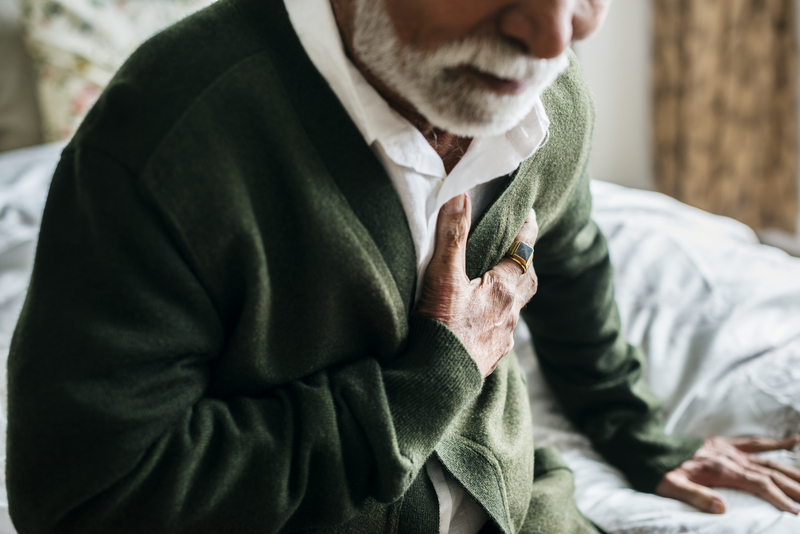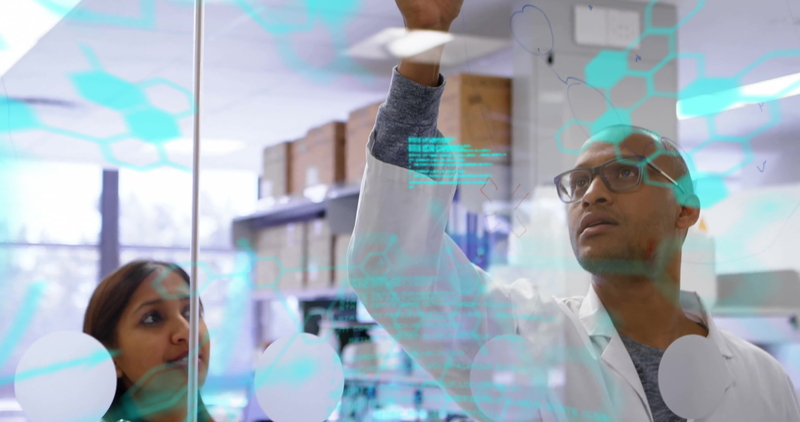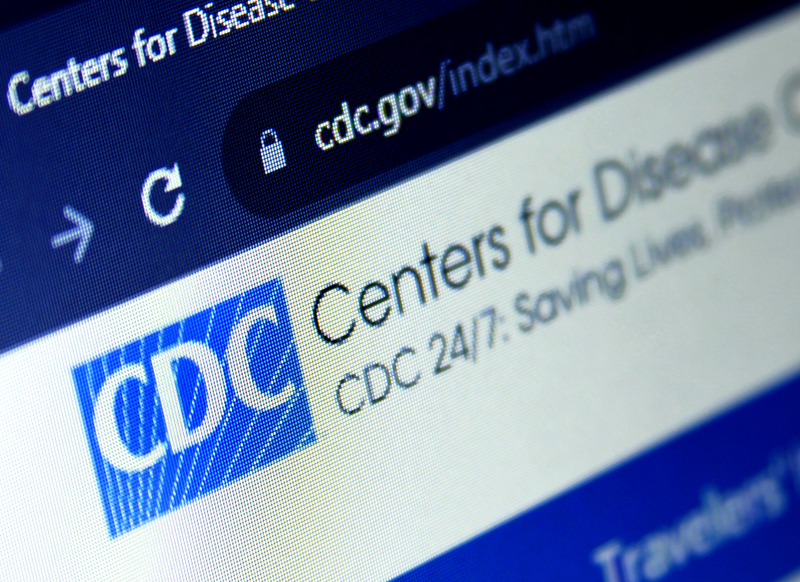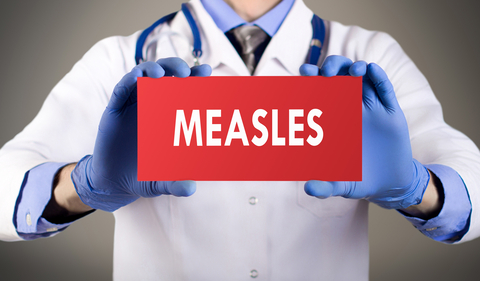- By Jessica Wilson

Lung cancer remains the leading cause of cancer death in the United States, but for many Native American and Alaska Native (NA/AN) communities, the toll is even greater — and the reasons go far beyond smoking rates.
According to the Centers for Disease Control and Prevention (CDC), Native American and Alaska Native people experience some of the highest lung cancer incidence and mortality rates in the country. In regions like the Northern Plains and Alaska, lung cancer rates among Native men are up to 50% higher than among white men in the same areas, according to the American Association for Cancer Research (AACR).
Yet in the Southwest, the picture looks very different — rates are much lower, partly due to lower tobacco use and stronger community tobacco-control traditions. This wide variation underscores an important truth: “Native American health” is not one uniform story.
A Complex Web of Causes
Health experts say the reasons behind these disparities are multifaceted and deeply rooted in both historical and current inequities.
- Commercial tobacco use
While many groups use traditional tobacco for ceremonial purposes, commercial tobacco use has become widespread — often as a result of targeted marketing by tobacco companies in Native communities. The American Indian Cancer Foundation reports that Native Americans have the highest commercial tobacco use rate of any U.S. racial or ethnic group. - Access to screening and care
Early detection saves lives, but lung cancer screening with low-dose CT scans isn’t always accessible for Native communities. Many tribal and rural areas lack the infrastructure, funding, or specialists needed to conduct screenings. Even when services exist, travel distance, lack of insurance, and mistrust of health systems can be major barriers.
The CDC’s Division of Cancer Prevention and Control notes that “geographic isolation and underfunded tribal health programs” continue to limit access to early detection services.
- Environmental and social determinants
Exposure to secondhand smoke, poor air quality, and limited access to healthcare all play roles. Broader social factors — including poverty, underfunded health services, and the legacy of systemic racism — contribute to worse outcomes.
The Indian Health Service (IHS) has long struggled with chronic underfunding, leaving many Native communities without consistent access to oncology care.
Disparities in Outcomes
Not only are Native Americans more likely to develop lung cancer in certain regions, but they also tend to be diagnosed later and have lower survival rates than white patients.
A report from the American Cancer Society found that Native patients are less likely to receive surgery, chemotherapy, or radiation for lung cancer — often due to limited access to specialists or delayed referrals.
Efforts to Close the Gap
Group health organizations and national agencies are stepping up efforts to change these outcomes.
- Community-based screening programs: Mobile screening units and partnerships with group clinics are bringing low-dose CT scans closer to home.
- Culturally tailored education: Health campaigns are reframing lung cancer awareness in ways that respect group values and distinguish traditional from commercial tobacco.
- Policy advocacy: Native leaders are calling for more funding for the Indian Health Service and for research focused specifically on Native health disparities.
Some states are also partnering with the CDC’s National Comprehensive Cancer Control Program to expand lung cancer education in communities.
Looking Forward
Experts emphasize that improving lung cancer outcomes in Native communities will require sustained investment, respect for sovereignty, and culturally informed care. For now, awareness, prevention, and access to early screening remain the most powerful tools to close the gap.
Trending Topics
Features
- Drive Toolkit
Download and distribute powerful vaccination QI resources for your community.
- Health Champions
Sign up now to support health equity and sustainable health outcomes in your community.
- Cancer Early Detection
MCED tests use a simple blood draw to screen for many kinds of cancer at once.
- PR
FYHN is a bridge connecting health information providers to BIPOC communities in a trusted environment.
- Medicare
Discover an honest look at our Medicare system.
- Alliance for Representative Clinical Trials
ARC was launched to create a network of community clinicians to diversify and bring clinical trials to communities of color and other communities that have been underrepresented.
- Reducing Patient Risk
The single most important purpose of our healthcare system is to reduce patient risk for an acute event.
- Subash Kafle
- Victor Mejia
